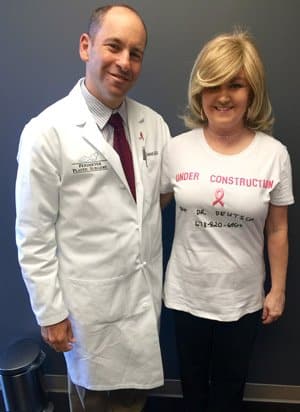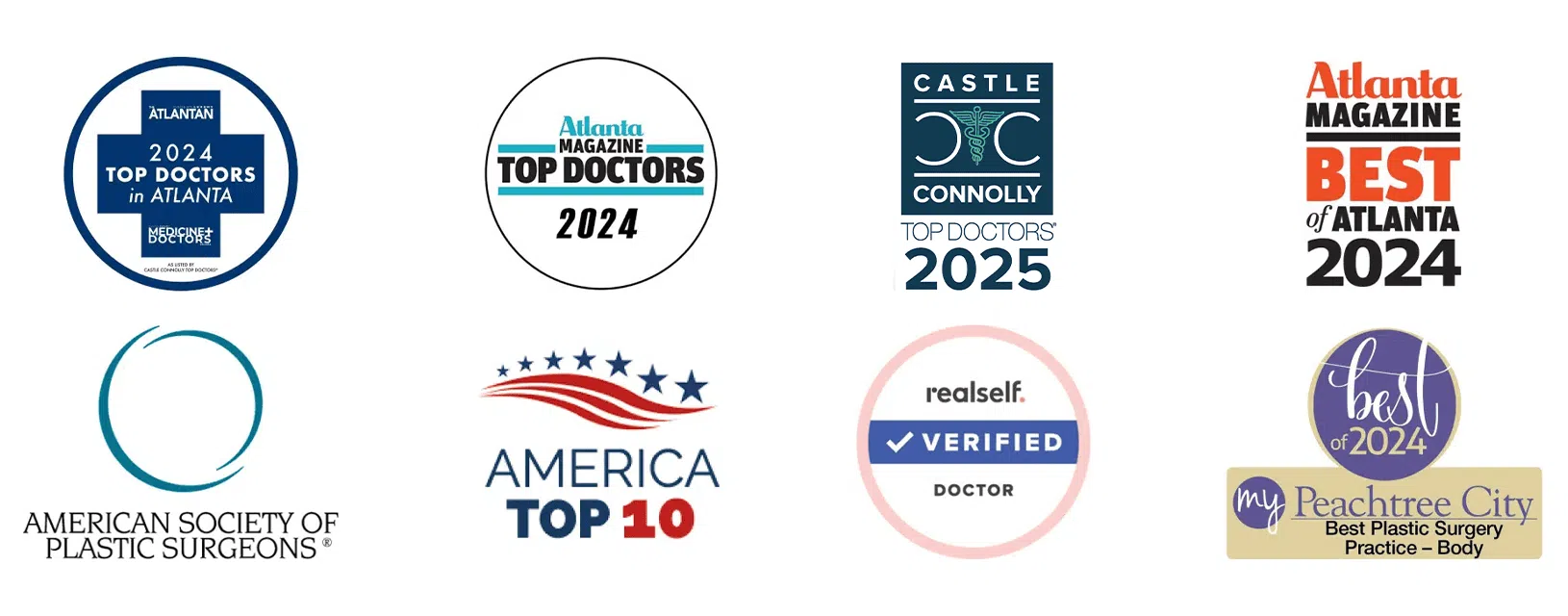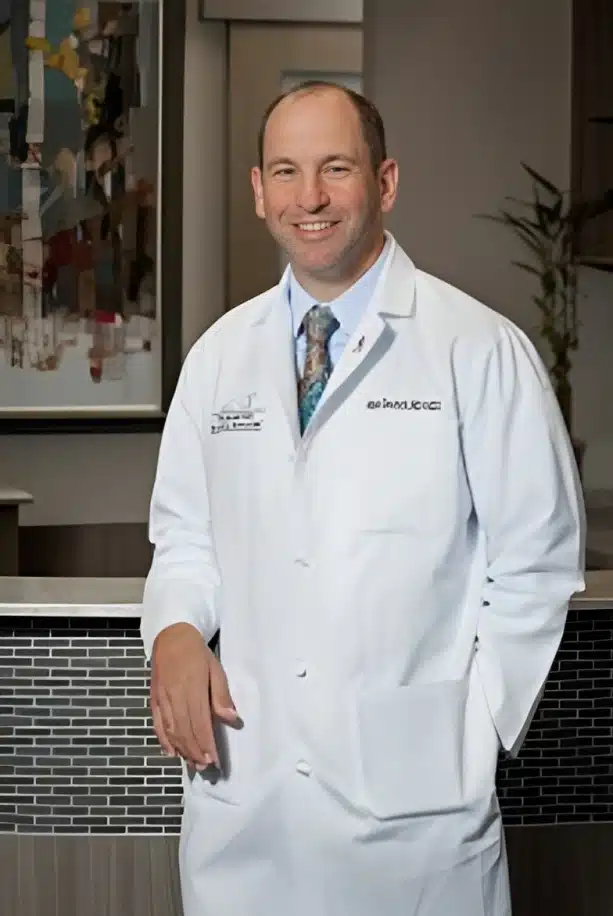Dr. Deutsch attempts to restore the beauty of the female form and symmetry with the opposite breast following a mastectomy using the procedures best suited for each patient. Options for breast reconstruction include autologous tissue reconstruction (using your own tissue) and reconstruction using tissue expansion and implants.
attempts to restore the beauty of the female form and symmetry with the opposite breast following a mastectomy using the procedures best suited for each patient. Options for breast reconstruction include autologous tissue reconstruction (using your own tissue) and reconstruction using tissue expansion and implants.
Flap Reconstruction
Breast reconstruction plastic surgery using autologous tissue (your own tissue) offers many advantages over an implant. The new breast has a realistic form, remains soft, and is generally without complication over a lifetime. In contrast, implants have an average lifespan of ten years, may rupture, and may cause encapsulation (loss of soft natural contour from scar tissue which may be unattractive and even painful).
DIEP Flap
Dr. Deutsch is one of the only surgeons in Atlanta who performs the DIEP Flap procedure for breast reconstruction. The Deep Inferior Epigastric Perforator (DIEP) Flap was developed in 1994 by Dr. Robert Allen and is a free TRAM Flap without muscle. It utilizes the excess abdominal skin and fat that is usually discarded after a tummy tuck operation. It is supplied by a perforator from the same vessels that supply the free TRAM Flap. Like the free TRAM Flap, it is re-attached to an artery and vein in the breast region. By preserving the abdominal muscle and the surrounding fascia, DIEP Flap patients have better abdominal wall strength, less pain, and fewer incidences of bulge or hernia. Dr. Deutsch attempts to perform the DIEP Flap on every breast reconstruction patient if they are interested and they are a suitable candidate.










